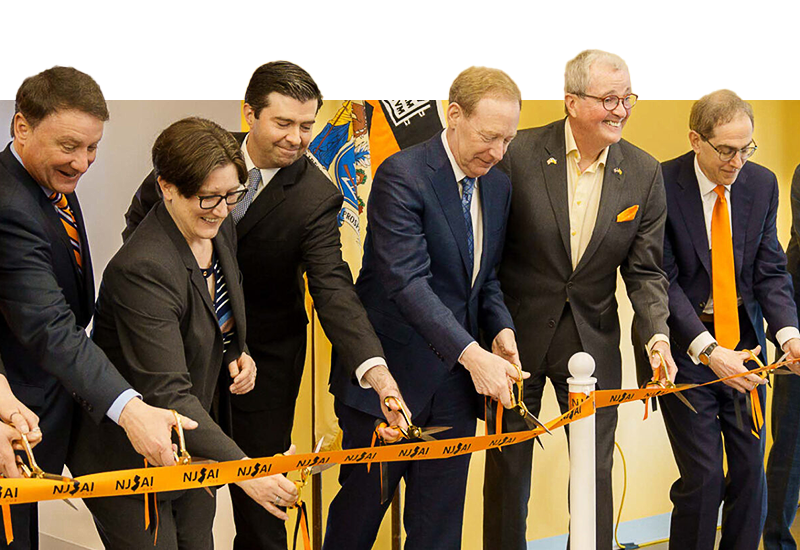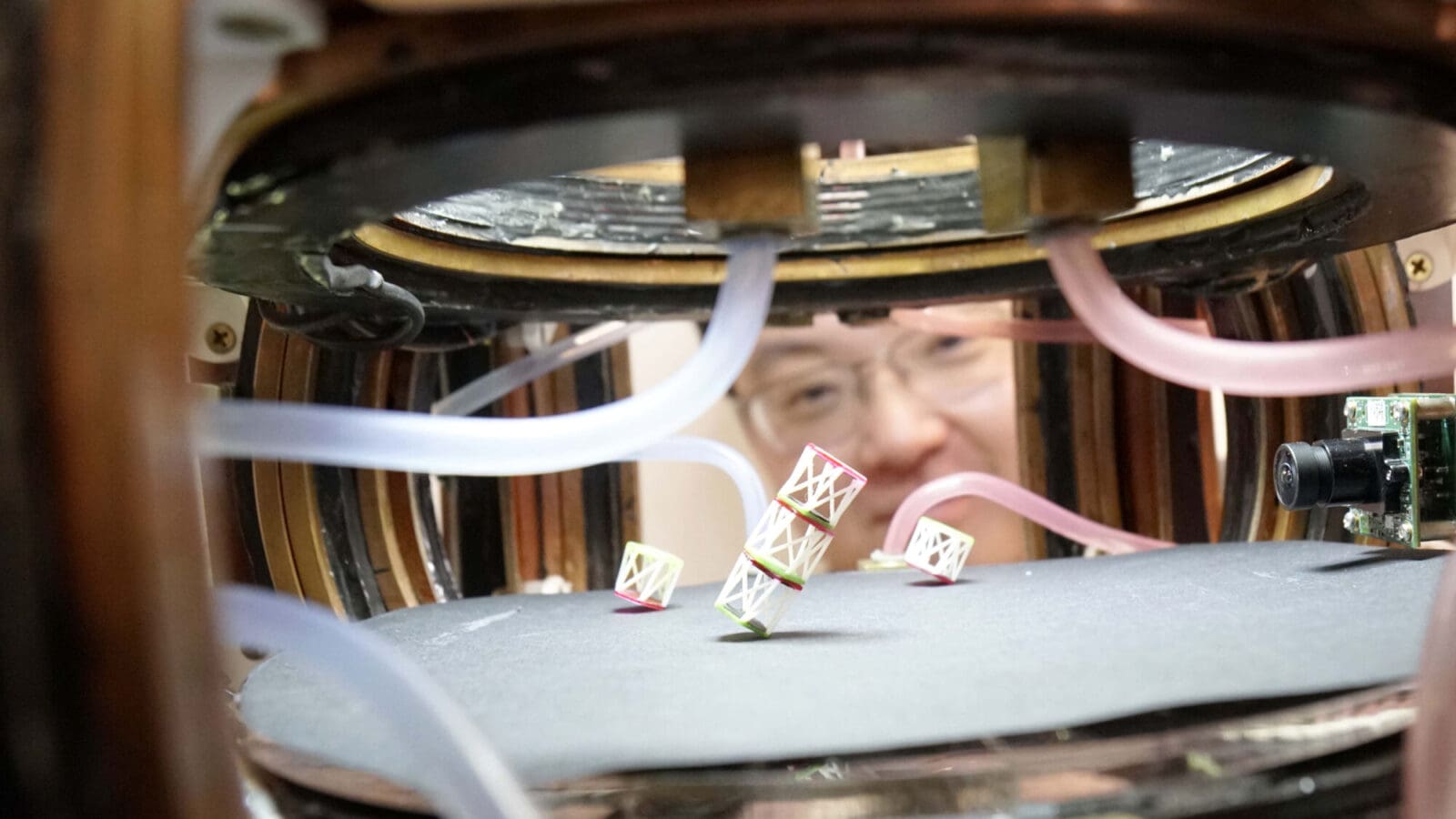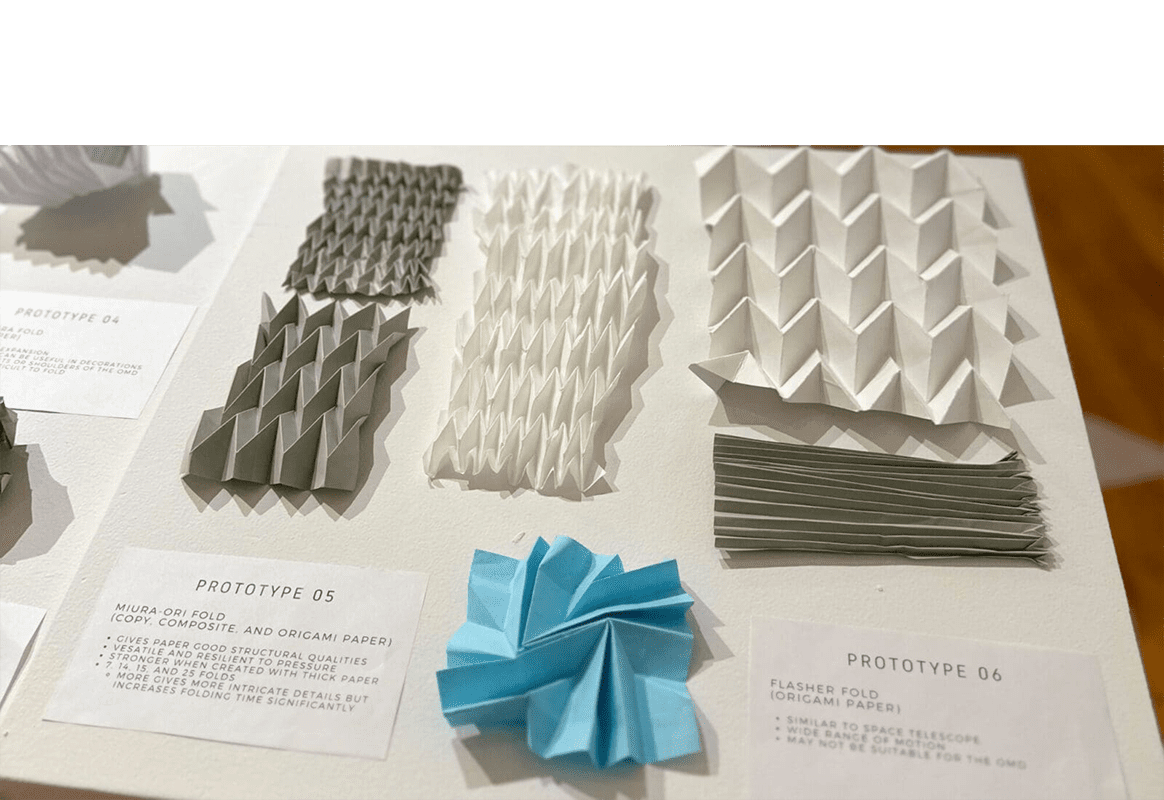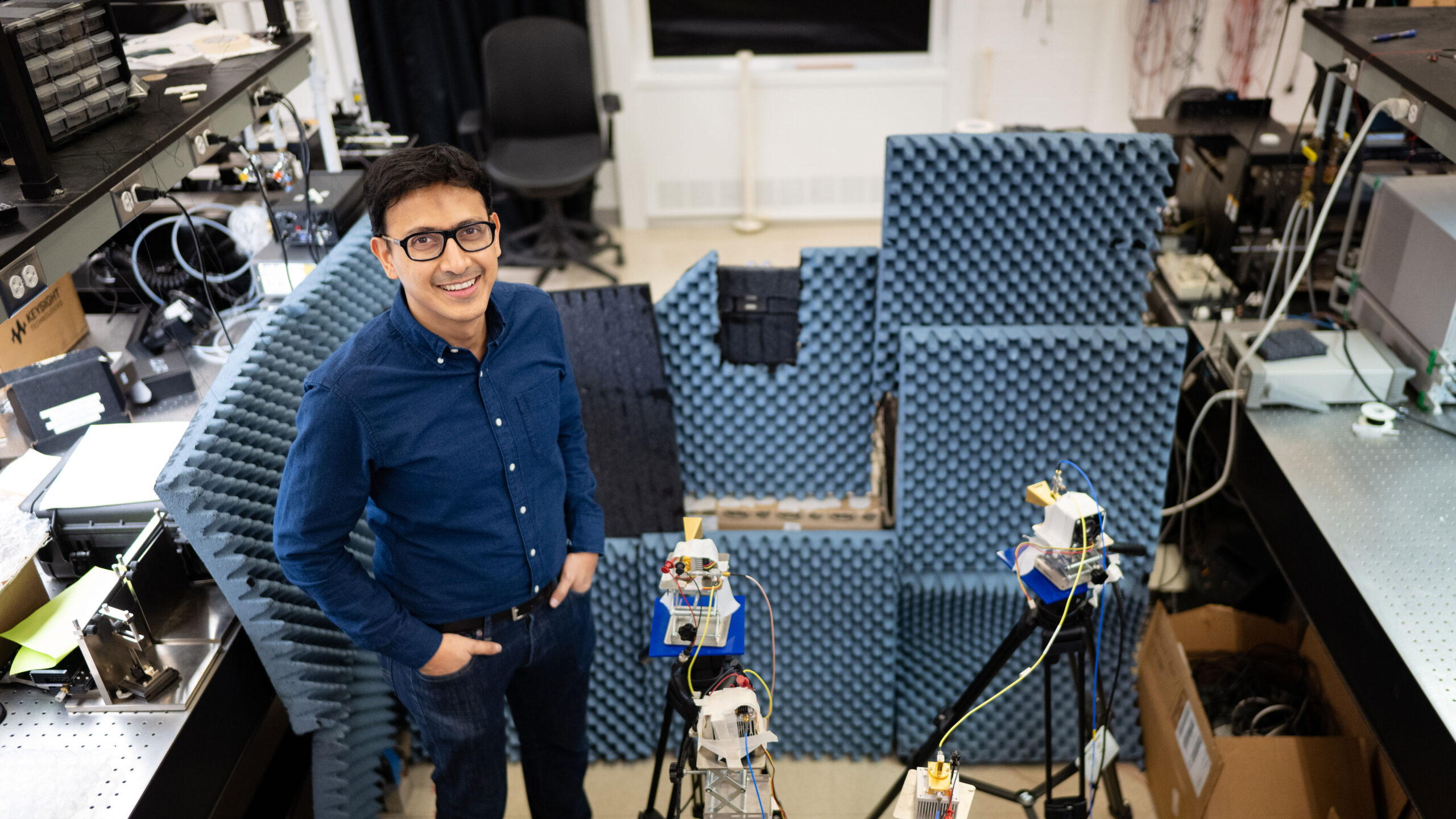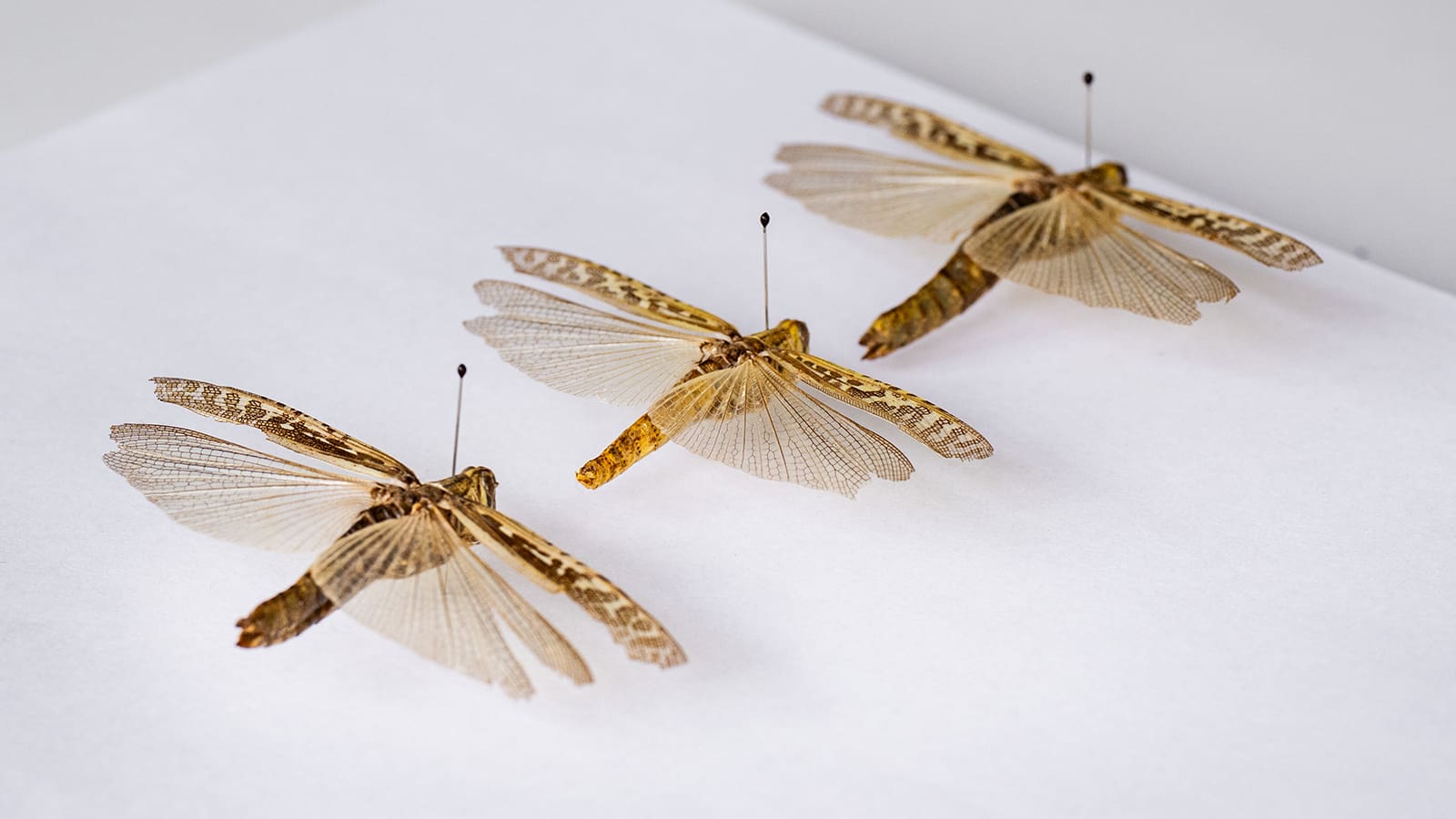
A new guide unfolds origami’s principles for beginners and experts alike
By
on
“You can find applications of origami anywhere, from entertainment to science, technology and medicine, from theoretical to applied fields, from scales ranging micro-nano to astrophysical scales,” said Glaucio Paulino, the Margareta Engman Augustine Professor of Engineering and one of six keynote speakers at the recent Origami is Science, Mathematics and Engineering (OSME) meeting in Melbourne. “I teach a class on origami engineering, and I have students from the entire university: mechanical engineering, civil, aerospace, electrical engineering, astrophysics, molecular biology, math, physics, and so on.”
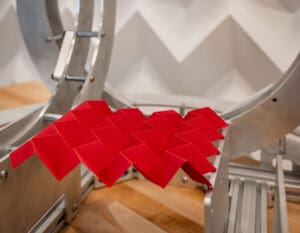
Paulino developed an interest in origami as part of a National Science Foundation effort in which he applied its principles to self-assembling systems. Since then, Paulino has established himself as a leading researcher in the rapidly growing field of origami engineering, expertise that he recently channeled into a foundational primer on the subject published in Nature Reviews.
The paper provides an in-depth primer on fundamental concepts, techniques and applications of origami engineering. Although origami is an ancient art, it is still a relative newcomer in technical fields. The idea behind the primer, said Paulino, was to help orient engineers and provide them with a foundational toolbox for applying origami to a broad range of challenges.
“The basic math is the primer. It has the basic theories, manufacturing techniques and experimental approaches,” Paulino said. “A high school student would take away something different than a Ph.D. student in robotics, but both can get a lot of useful information from the primer.”
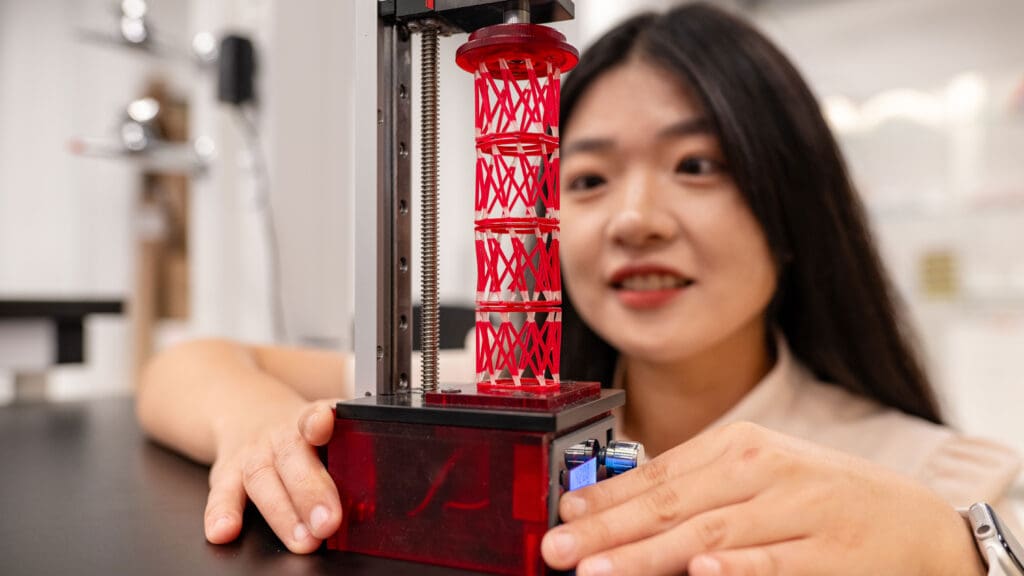
The primer begins with major principles and theoretical fundamentals of the field and moves into simulation tools and experimental procedures. It discusses manufacturing techniques and applications including metamaterials, robotics and deployable structures. The authors go into detail about the geometry of four foundational origami patterns: the Miura-ori, which has been used in solar arrays for space probes; the eggbox pattern, often used in acoustic materials; the waterbomb, used in robotics and medical stents; and Kresling tubes, used as robotic arms and as energy absorbers. Paulino, for example, has used origami to build a robotic caterpillar, which is able to crawl along surfaces just like its biological inspiration — a feat that is remarkably difficult using more conventional mechanical engineering approaches.
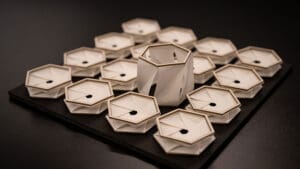
Paulino said one of his favorite aspects of the primer is the involvement of Biruta Kresling, an independent researcher based in Paris and the developer of the Kresling origami pattern.
“The Kresling pattern is one of the most useful patterns in origami, and it has become central to applications in fields from robotics to medicine,” he said. “Collaborating with Biruta was fascinating, and I am glad we could bring her insights to students worldwide.”
One of the most important aspects of origami engineering highlighted in the paper is the ability to create structures and materials with tunable and programmable properties. This opens up new design possibilities across many fields, allowing for adaptive and responsive systems that can change their behavior based on user input or external changes. This is already being applied to build new types of sustainable architecture that enable building facades to adapt to changes in environmental conditions. “Whenever you want extreme reconfigurability, good strength-to-weight ratio, and deployability, then origami is a very good choice,” said Paulino.

Although origami has been studied by artists and scientists for millennia, its application in engineering requires new ways of designing, building and testing technologies. In their paper, Paulino and his collaborators move beyond pure theory and provide detailed explanations for experimental methods and setups for testing novel origami-inspired structures. For example, testing origami structures requires specialized fixtures that allow for free deployment to avoid inaccurate results from constraining the unique folding motions of origami with conventional experimental setups.
One of the key takeaways from the paper is that origami engineering is inherently a multidisciplinary field that draws on insights from a staggering variety of engineering and scientific specialties. By making the field more accessible to a broader range of engineers with the primer, Paulino is optimistic that origami will open new technological frontiers that will make our physical world more efficient, dynamic and — ultimately — resilient.
The article, “Origami engineering,” was published June 26 in Nature Reviews Methods Primers. In addition to Paulino, the authors included Yan Chen, of Tianjin University; Chiara Daraio, of the California Institute of Technology; Biruta Kresling; Ke Liu, Peking University; Diego Misseroni, of the University of Trento; and Phanisri Pratapa, of the Indian Institute of Technology Madras. Support for the project was provided in part by the National Key Research and Development Program of China, the Indian Department of Science & Technology, the National Natural Science Foundation of China, the New Cornerstone Science Foundation, the U.S. National Science Foundation, and the U.S. Army Research Office.

